Viral disease has been impacting sector for four decades
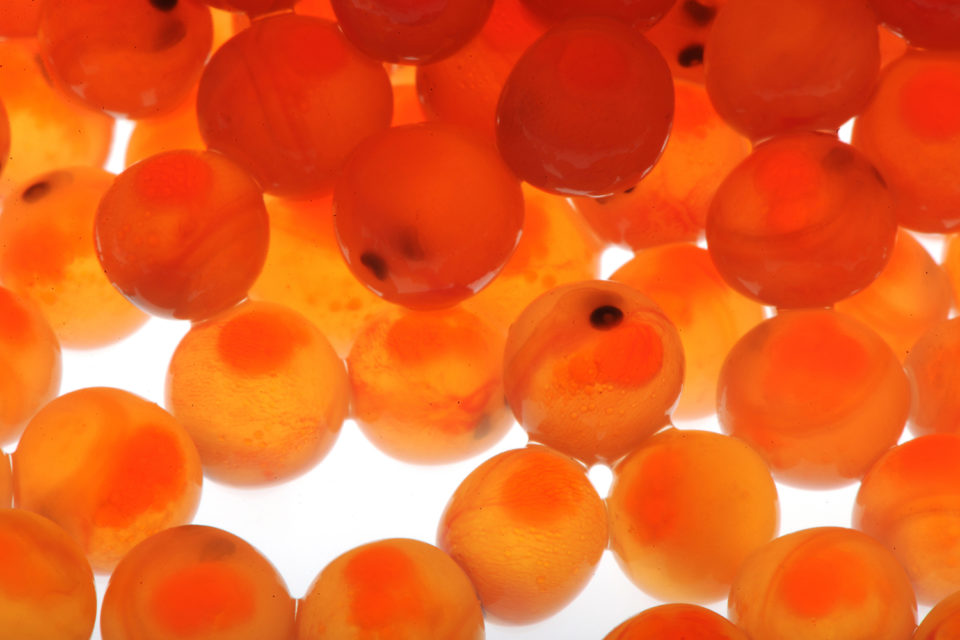
When AquaGen Scotland acquired its own salmon hatchery last spring, the bold move saw the company take a leading position as the only specialist breeding center for salmon ova in Scotland.
It also turned out to be a timely acquisition, as the import of salmon eggs from Norway to Scotland was suspended shortly thereafter, in May 2019, when concerns were raised about the surveillance of Infectious Salmon Anaemia (ISA), a viral disease affecting Atlantic salmon (Salmo salar).
The ban is only now, a year later, beginning to be lifted slowly, as different production zones satisfy the Norwegian Food Safety Authority (NFSA) of their ISA-free status.
The trade restrictions followed a mission to Norway by the European Free Trade Association’s (EFTA) Surveillance Authority (ESA), to evaluate animal health controls in relation to aquaculture.
ESA regularly undertake on-the-spot inspections to ensure that the EFTA Countries apply European Economic Area (EEA) food and feed safety, and animal health and welfare legislation correctly, and have carried out more than 60 inspections since 2006.
ISA first emerged in Norway in 1984, but has since been periodically reported in Canada, the United States, the Faroe Islands, Ireland and Scotland. The virus causes severe anaemia in fish but is not harmful to humans. There are currently no treatments for ISA, which can cause major losses, both from the disease and the culls put in place to contain it.
AquaGen Scotland’s parent company in Norway had been a key supplier to the Scottish market since 2016, and the ban was a cause of concern for CEO Nina Santi, in terms of loss of market share and loss of access to ova for Scottish salmon farmers. Norwegian suppliers have at times, accounted for up to 90 percent of salmon ova used there.
“Providing industry with genetic stock that has the highest value creation potential is essential for AquaGen,” Santi told the Advocate. “Supply from Norway is dependent on export certificates and international trade regulations, and there are some risks involved. Our decision to supply Scottish customers with eggs produced locally was timely, in light of recent events. Salmon farmers can now rely on ova from the Scottish hatchery, and our ability to provide backup from Norway increases security of supply.”
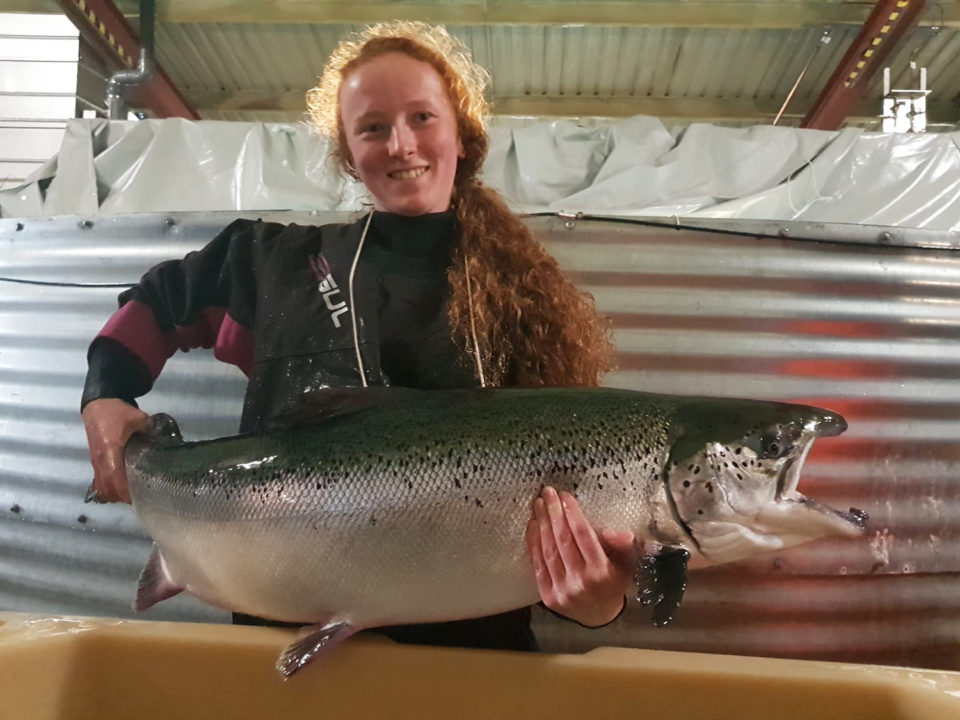
Courtesy photo.
The company’s hatchery in Rimstad, Norway, was given the all-clear for export in April, and eggs stripped from broodstock held at a Nofima-operated land based unit can once again be transported there for incubation.
Scottish government figures released under a freedom of information request from a third party show that in 2018 just under 66 million salmon ova were imported into the country, 48.3 million from Norway, 10.1 million from Iceland, and 7.3 million from the Republic of Ireland.
In the fourth quarter of 2019, 17 million ova were imported into Scotland, compared with 23 million in Q4 2018. The supply situation changed dramatically at this time, with the majority of ova coming from the supplier Stofnfiskur in Iceland, which remains ISA free.
Stofnfiskur CEO in Iceland, Jonas Jonasson, explained that as a supplier of ova to Scottish customers for many years, he believes that his company knows the market well.
“When Benchmark plc took over Stofnfiskur in December 2014, we slowly started building up our production capacity. Today, we can produce about 200 million eggs in our two land-based biosecure facilities, with a steady supply all year round,” said Jonasson.
“Benchmark Genetics has continuously implemented the latest developments in genomic tools and practices to improve the level and quality of our genetics work. For Scottish farmers, this means higher genetics performance and improved egg quality. The Scottish industry has welcomed the increased capacity and genetics improvements out of Iceland, especially during the export ban on eggs from Norway. Depending on future demand, we will evaluate the opportunities to further increasing our capacity,” he added.
Despite initial fears of a hiatus, the Scottish Salmon Producers Organisation (SSPO), is pleased that the Scottish salmon sector has continued to grow over the past year, with production and exports both showing a rise.
“The increased production of Scottish ova and imports from countries other than Norway, has meant that the supply of eggs has been good. We understand that the supply of Norwegian ova is gradually returning to the market, which is also welcome,” Hamish Macdonell, SSPO Director of Strategic Engagement told the Advocate.
The Scottish government is also confident that the market is holding up, according to a spokesperson: “Since the suspension of imports from Norway, new salmon hatchery facilities have come on stream in Scotland, which were able to supply some of Scotland’s ova needs. The Scottish government will continue to support the increased production of ova here in Scotland. In addition, Scottish fish farmers continued to use their own broodstock and were able to import further supplies from countries which operate within approved zones free from listed disease. As a result we don’t expect any impact on production to arise in 2021 or 2022.”
The spokesperson added that the Norwegian Food Safety Authority lifted its self-imposed suspension of health certification of live fish, ova and gametes from a number of ISA-free zones and compartments in March 2020.
In preparation to increase its own supply of ova, AquaGen Scotland’s Holywood hatchery has been undergoing a £4 million ($4.9 million) refit over the past year, to turn the former small-scale operation into a state-of-the-art facility.
A new broodstock unit has been created for the elite fish, a cryogenic freezer installed to store milt, and a Chilean-designed containerized egg incubation system with dedicated water supply and waste removal put in place for the ova. In Norway, AquaGen curates a reference library of milt at its dedicated cryopreservation center.
“Holywood confirms our commitment to the Scottish industry and has facilitated our desire to produce top quality ova with a Scottish provenance,” said sales manager Martin Haberfield. “We have incorporated the best design and equipment from our operations in Chile and Norway, to create a state-of-the-art center here in Scotland.”
Fish are stripped in a biosecure incubation unit and mixed with milt, before transfer to a series of silos, where their progress is carefully monitored. The incubation unit has a total capacity of 50 million eggs per year. These are sorted using a Maskon fish egg sorter, a system that AquaGen helped to design.
“The machine takes up to six images of each egg, and classifies their quality based on criteria including unfertilized, size, pin eyes, coagulations and dead eggs, which ensures we supply only the best ova to customers,” said Haberfield.
With the upgrade completed, new broodstock were transported to Holywood from their temporary home in the pens of a collaborative breeding partner, at the end of May. The fish were originally imported as fertilised ova from Norway, and hatched at Holywood soon after acquisition of the hatchery. They have now undergone two sea winters at the site. Each fish received a pit tag before transfer, which allows it to be identified and monitored throughout its life.
“The salmon will be given time to acclimatise in their new home, before first stripping takes place in August and September. Keeping them at different photoperiods will allow the fish to mature sequentially, and enable us to have eyed ova available October 2020 through to May 2021. We are looking forward to a successful season,” said Haberfield.
Follow the Advocate on Twitter @GAA_Advocate
Now that you've reached the end of the article ...
… please consider supporting GSA’s mission to advance responsible seafood practices through education, advocacy and third-party assurances. The Advocate aims to document the evolution of responsible seafood practices and share the expansive knowledge of our vast network of contributors.
By becoming a Global Seafood Alliance member, you’re ensuring that all of the pre-competitive work we do through member benefits, resources and events can continue. Individual membership costs just $50 a year.
Not a GSA member? Join us.
Author
-
Nicki Holmyard
Nicki Holmyard has written about the seafood industry for longer than she cares to remember! A committed pescetarian, she is also a partner in the UK’s first fully offshore rope-grown mussel farm.
Tagged With
Related Posts
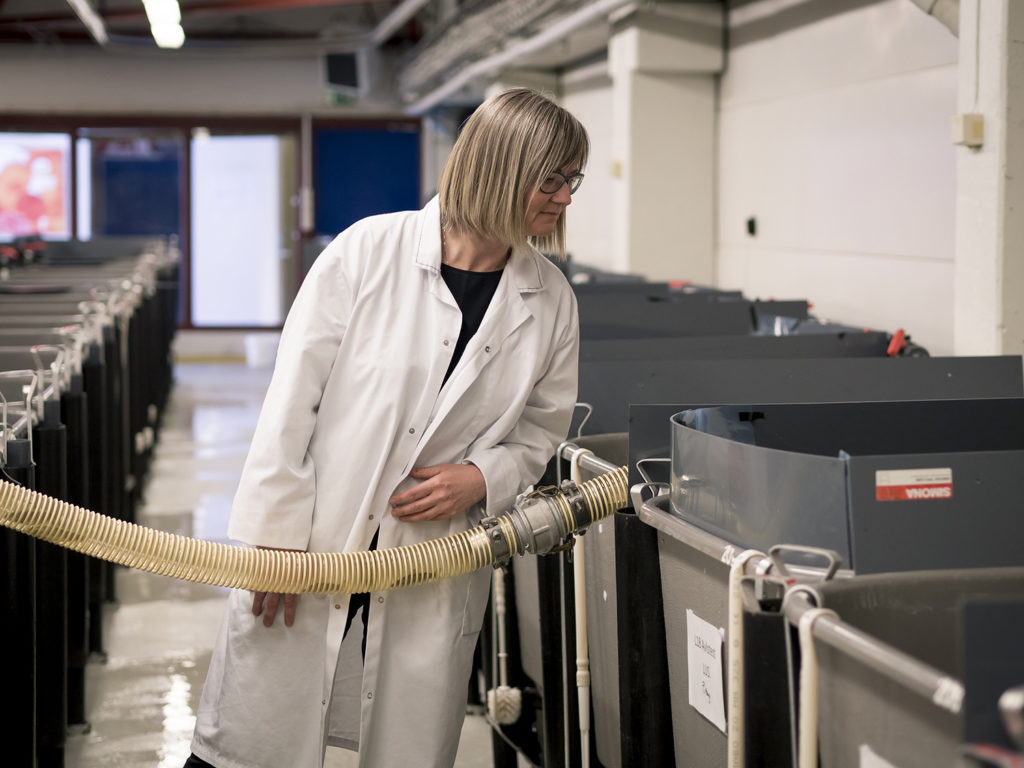
Innovation & Investment
AquaGen CEO: Genomics are transforming aquaculture
The CEO of AquaGen knew that the Norwegian research group’s work in genomics was key to the salmon industry’s future. And that was before she even worked there.
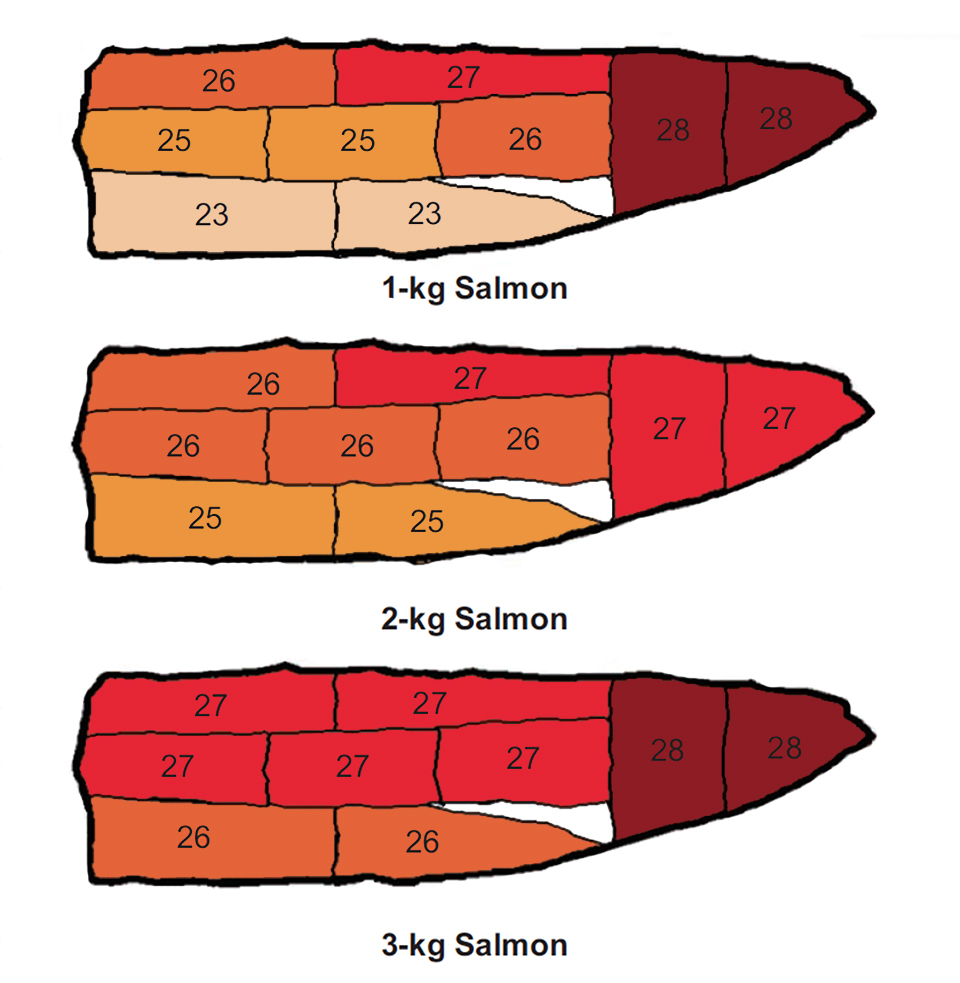
Intelligence
‘Quality map’ for coho salmon fillets identifies color, lipid distribution
In research on coho salmon fillets, muscle astaxanthin level, color, and hardness generally increased from the anterior toward the caudal zone of the fish.
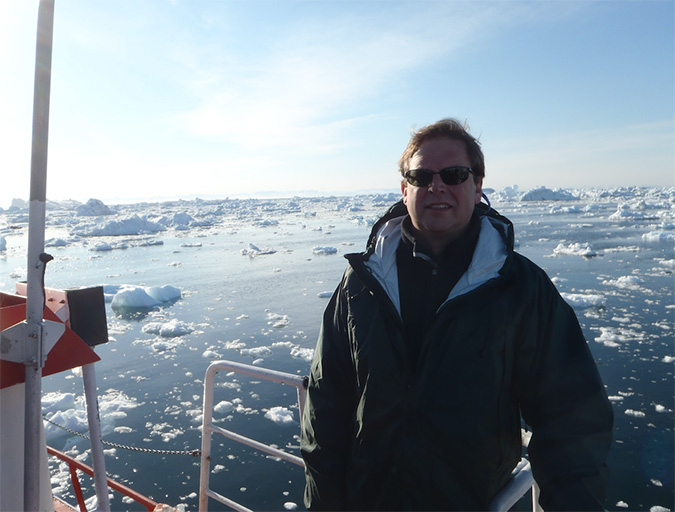
Innovation & Investment
Aquaculture Exchange: Sebastian Belle
The executive director of the Maine Aquaculture Association talks to the Advocate about the diverse and growing industry in his state (oysters, mussels, kelp, eels and salmon) and how aquaculture should be used as a rural development tool.
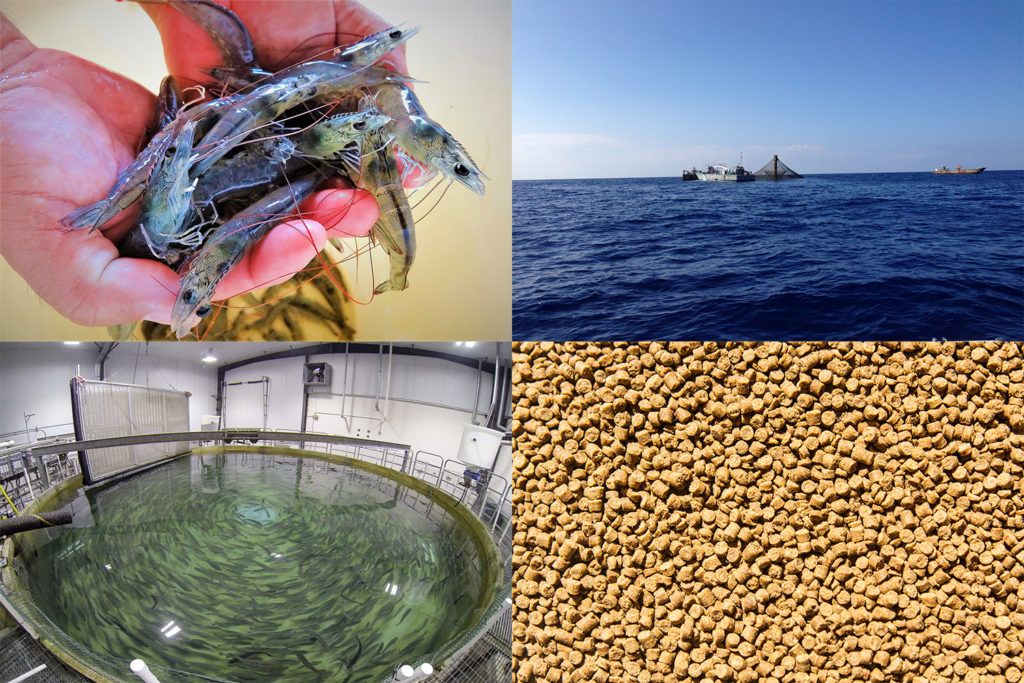
Innovation & Investment
Aquaculture is winning, Rabobank analyst explains
Aquaculture is the “winning protein,” according to a new Rabobank report that its author, Gorjan Nikolik, said is intended to draw the bank’s agro-industry clients to opportunities in the fish farming business.


